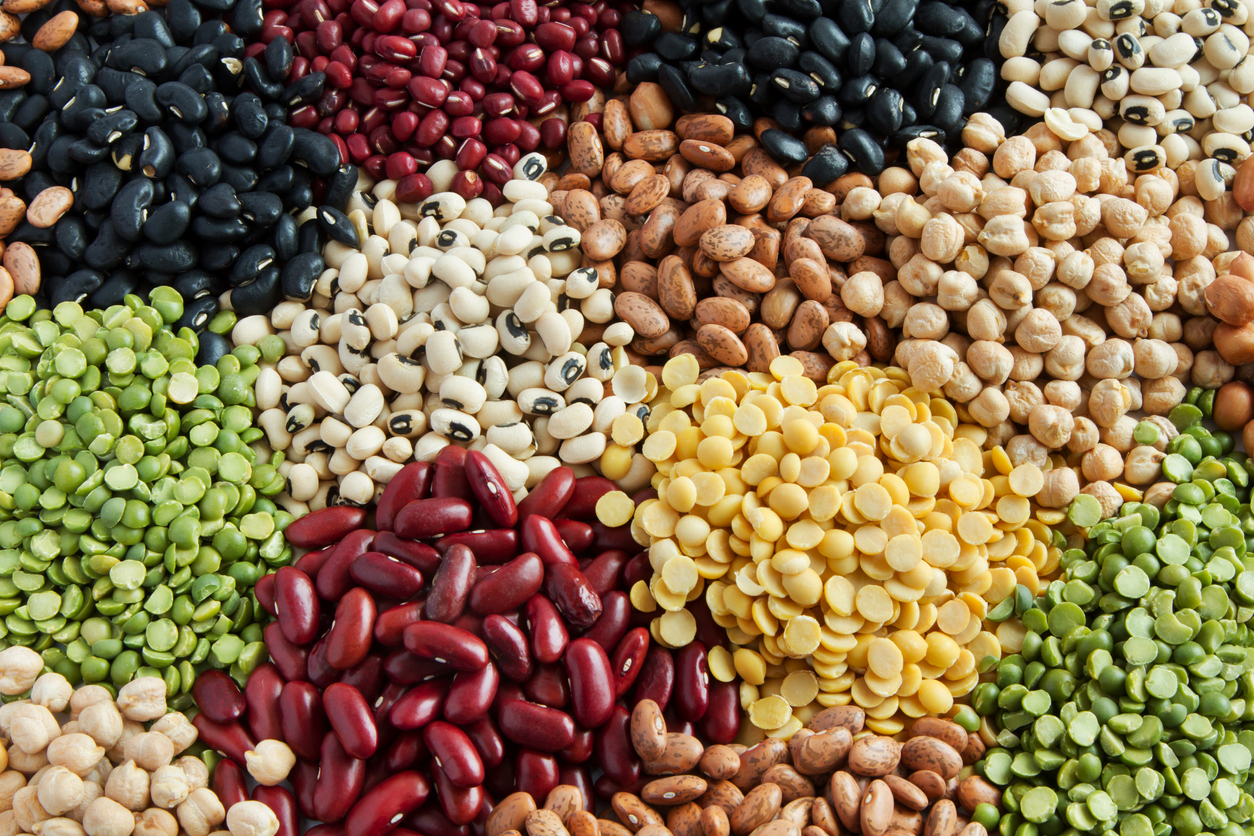The Best Tips for Exporting Dried Legumes From Nigeria
The Best Tips for Exporting Dried Legumes From Nigeria
Nigeria is a major producer of dried legumes. The country produces up to 120,000 tonnes of dry peas, beans and lentils annually. For many, Nigerian legumes are a staple part of their diet. But the export market for Nigerian legumes is not as developed as it could be. In fact, Nigeria exports only 10% of the total volume that it produces annually. Here are some ways to export more dried legumes from Nigeria that may not have been considered before.
The Importance of Dried Legumes
Dried legumes are a major export commodity for Nigeria. However, their production and export volume is not as high as it could be. In fact, Nigeria exports only 10% of the total volume of dried legumes that it produces annually.
The main reason for this is the lack of infrastructure for drying legumes. In addition, there is a lack of storage facilities for dry legumes.
Fortunately, there are a number of ways to increase the amount of dried legumes exported from Nigeria. There are a number of ways to increase the amount of dried legumes exported from Nigeria. One way would be to increase the production and export volume of dry peas, beans and lentils.
Another way would be to increase the export volume of Nigerian dry peas, beans and lentils through innovation and adoption of new technology. For example, as an alternative to traditional sun drying techniques, Nigerian companies can invest in solar drying methods. This new technology would allow for faster drying times, higher quality produce and a greater export volume.
The Benefits of Exporting Dried Legumes
Nigerian legumes are a staple part of the diet for many Nigerians. Nigerians eat up to 120,000 tonnes of dried peas, beans and lentils annually. This makes up about 80% of the total diet in Nigeria. So that means that there is a lot of opportunity for Nigerian legumes.
But that opportunity isn’t being exploited to its fullest extent. Nigeria only exports about 10% of the total volume of dried legumes it produces annually. This is unfortunate, because there are many benefits to exporting dried legumes.
The first thing to consider is financial benefits. It can be lucrative to export dried legumes. But you need to take into consideration how much it costs you to produce your legume if you want to make a profit. You also need to consider factors like transportation and storage costs.
One of the biggest benefits of exporting dried legumes is the ability to provide more food security for Nigerians. Nigeria has been struggling with food insecurity due to drought, despite being a major producer of food crops. With an increased focus on exporting dried legumes, Nigerians will have more access to food crops and will be less likely to suffer from food insecurity in the future.
Understanding the Nigerian Market
One way to increase Nigerians’ consumption of dried legumes is to increase their accessibility. This can be done by reducing the cost of legumes. An increase in the population of Nigerians could also drive demand for legumes because people will need more protein in their diet.
The market for legumes is also influenced by the population of Nigerians. According to the Nigerian Bureau of Statistics, Nigeria’s population is predicted to grow from 186 million in 2020 to 227 million in the year 2050. It’s estimated that Nigeria will be the third most populous country in the world by 2050. That means that the demand for food will continue to grow.
Another way to increase demand for dried legumes is to educate Nigerians on how legumes can be part of a healthy diet. In order to do this, there needs to be a massive education campaign about the benefits of dried legumes. This would include showing Nigerians how legumes can be incorporated into meals and how it’s a good substitute for meat products.
There are many ways to increase Nigeria’s export of dried legumes, but some require a lot of time and money. The most practical solution may be an increased education campaign about how dried
New Ideas for Exporting More Dried Legumes
The market for Nigerian legumes is a fairly new one. As a result, Nigerian legumes have not been exported to any other countries in significant volumes. There are a number of reasons for this.
For one, the export market for dried legumes in Nigeria is fairly new. In Nigeria, dried legumes are more of a staple food than the usual export product. Dried legumes are more of an export product in Canada or the USA where they are considered a specialty item that would be served with a meal more often than on its own.
Nigerian markets for dried legumes are not as developed as they could be. Nigeria exports only 10% of the total volume that it produces annually. This is mainly because Nigeria has not established an export market for dried legumes that is comparable to its domestic market.
But there are opportunities to change that. One way to export more dried legumes from Nigeria is to start exporting to countries outside of Africa. For example, Nigeria could start exporting to Europe. European markets for dried legumes are well-developed and established, so Nigerians would not be entering the market as new players.
Another way Nigeria could improve its exports is by promoting the benefits of Nigerian legumes. Leg
Conclusion
Dried legumes are not only a staple food in Nigeria, but are often used as animal feed. This is one reason why Nigeria produces so many of them. However, the export market for dried legumes is just not as developed as it could be.
The first step to exporting more dried legumes from Nigeria is to first identify the different types of dried legumes that are grown in Nigeria. There are many types grown here, but whether it’s beans or peas, they are all exported to different countries around the world.
The second step is to determine the best way to package the legumes for export. The most common ways are by bagging or by packaging them in burlap bags.
The third step is to determine the best way of packing the legumes for shipping. You need to take into account that they will be shipped on a container vessel, so they need to be stacked tightly together. It is best to bag them up first and then put them into burlap bags for shipping.
The final step is to find out how much it will cost for you to export your dried legumes from Nigeria. The cost will depend on how you’re going to export them and how much volume you








LEAVE A COMMENT
You must be logged in to post a comment.